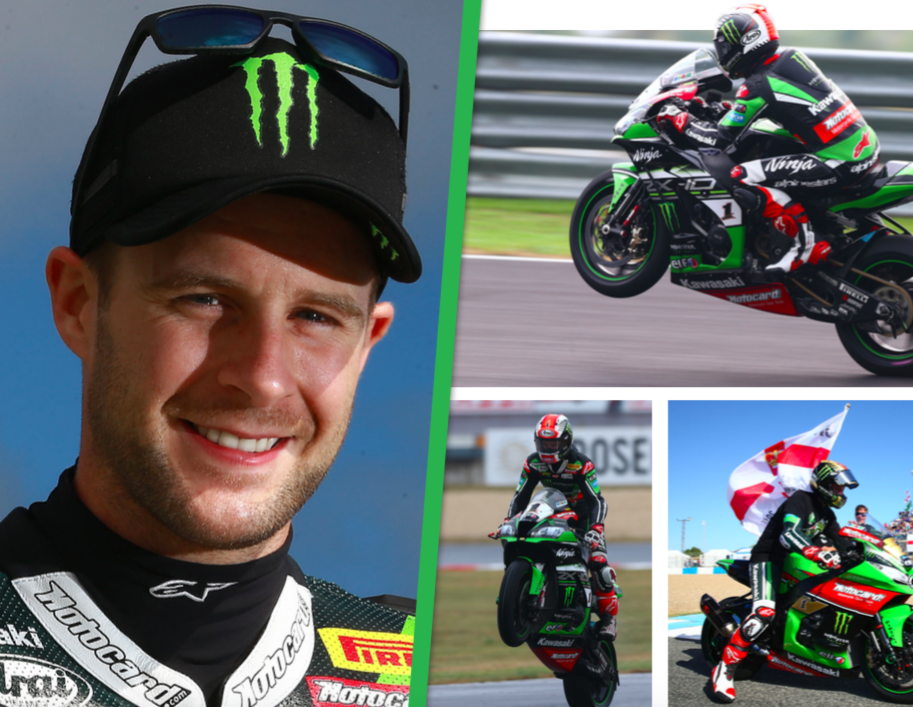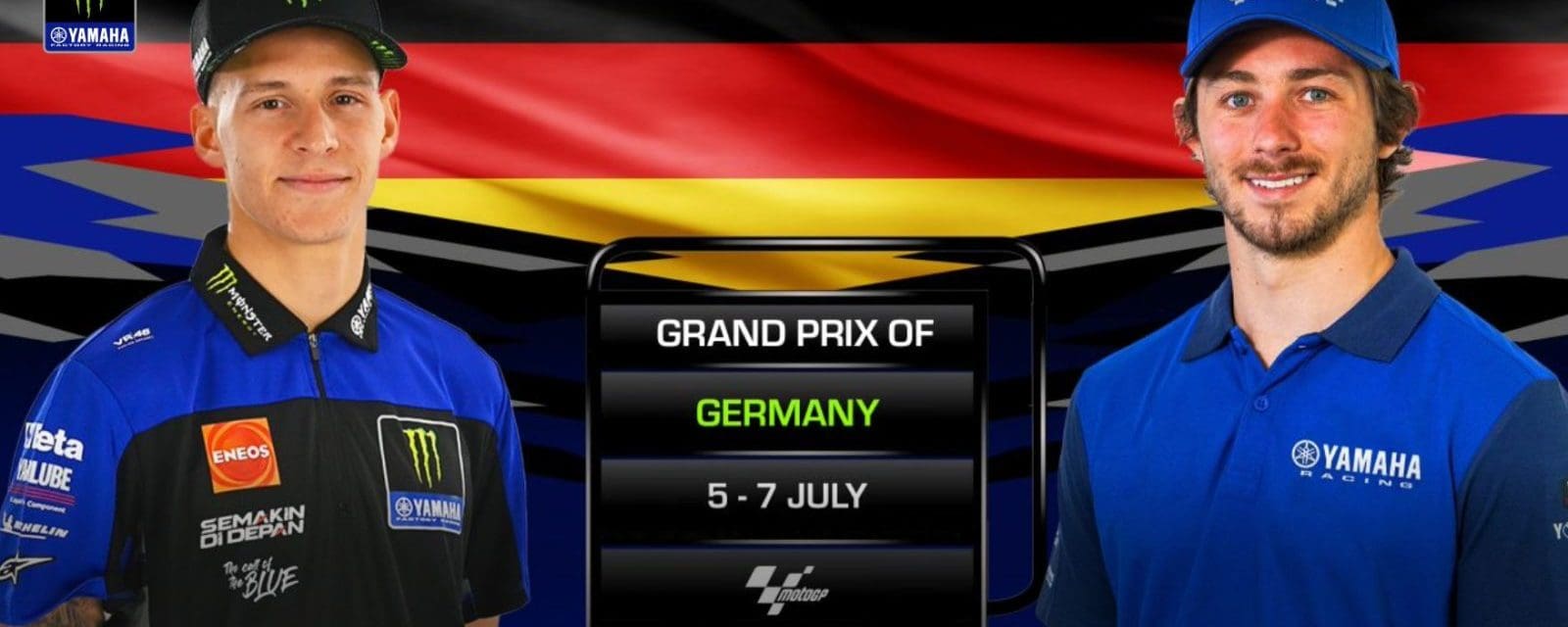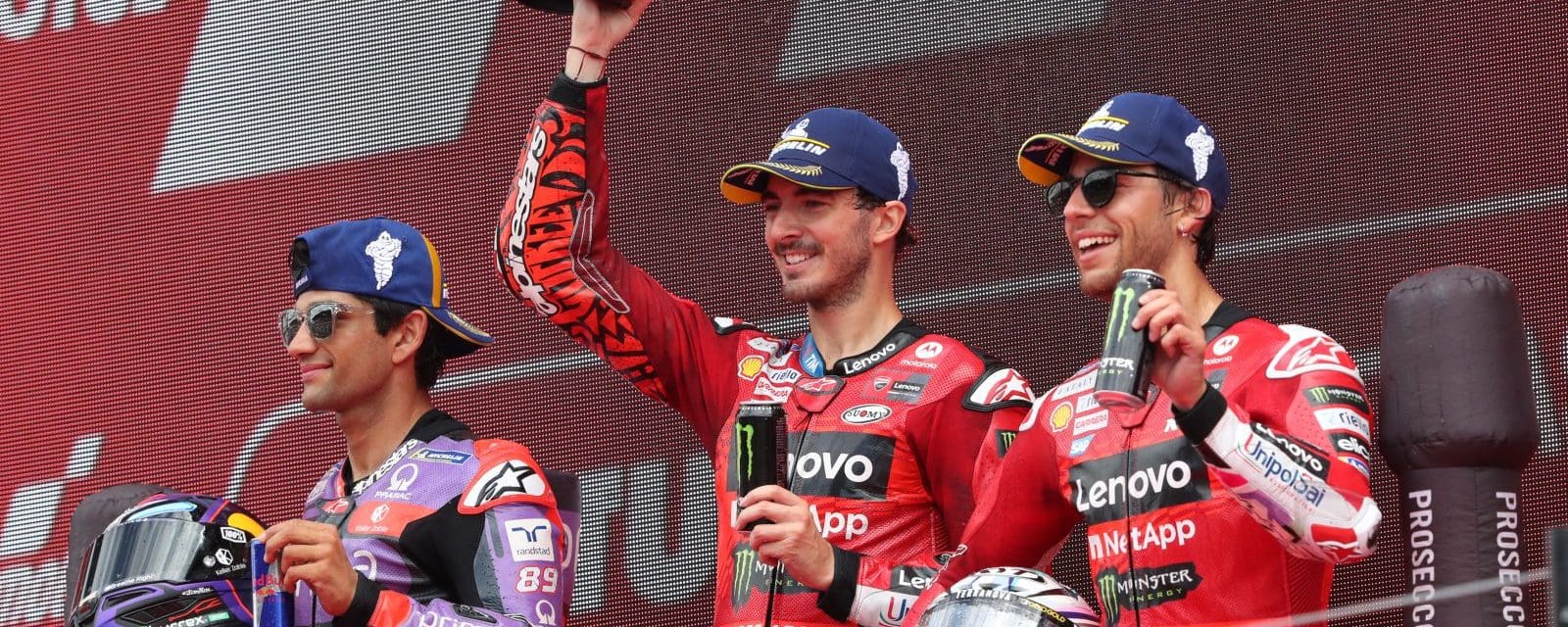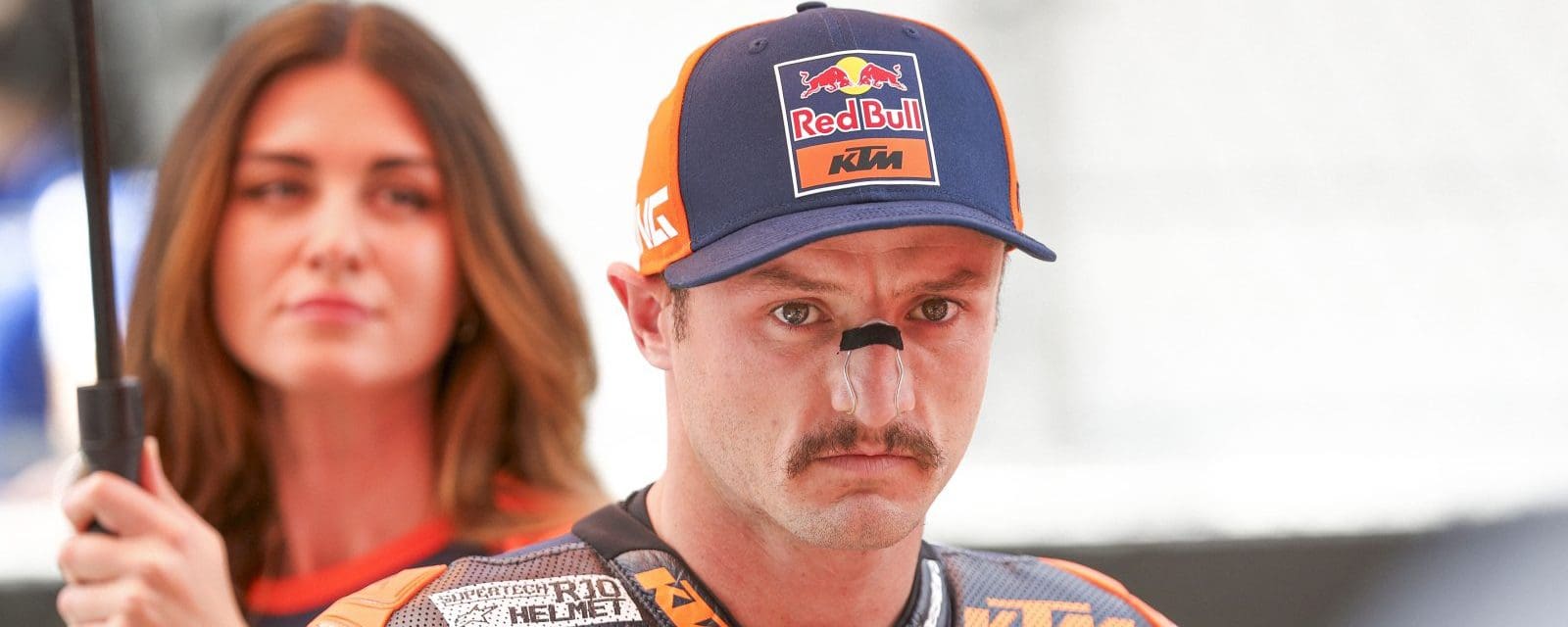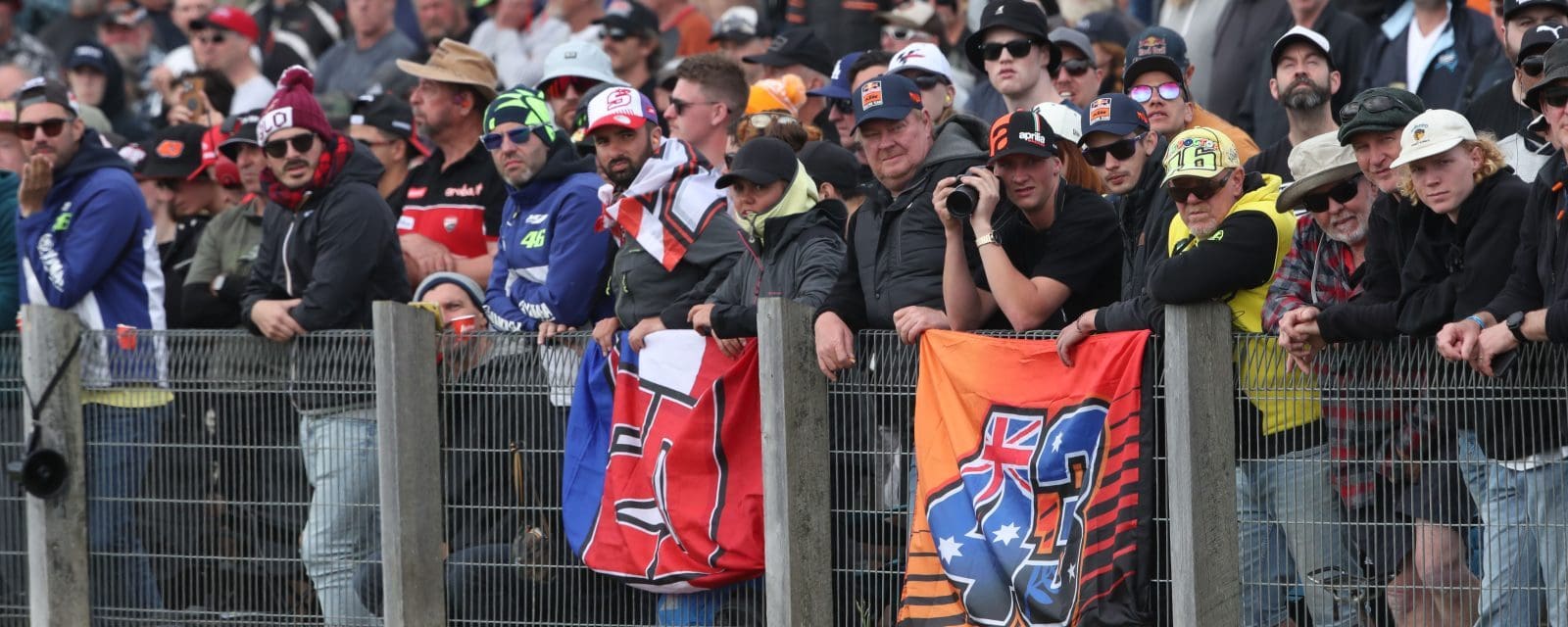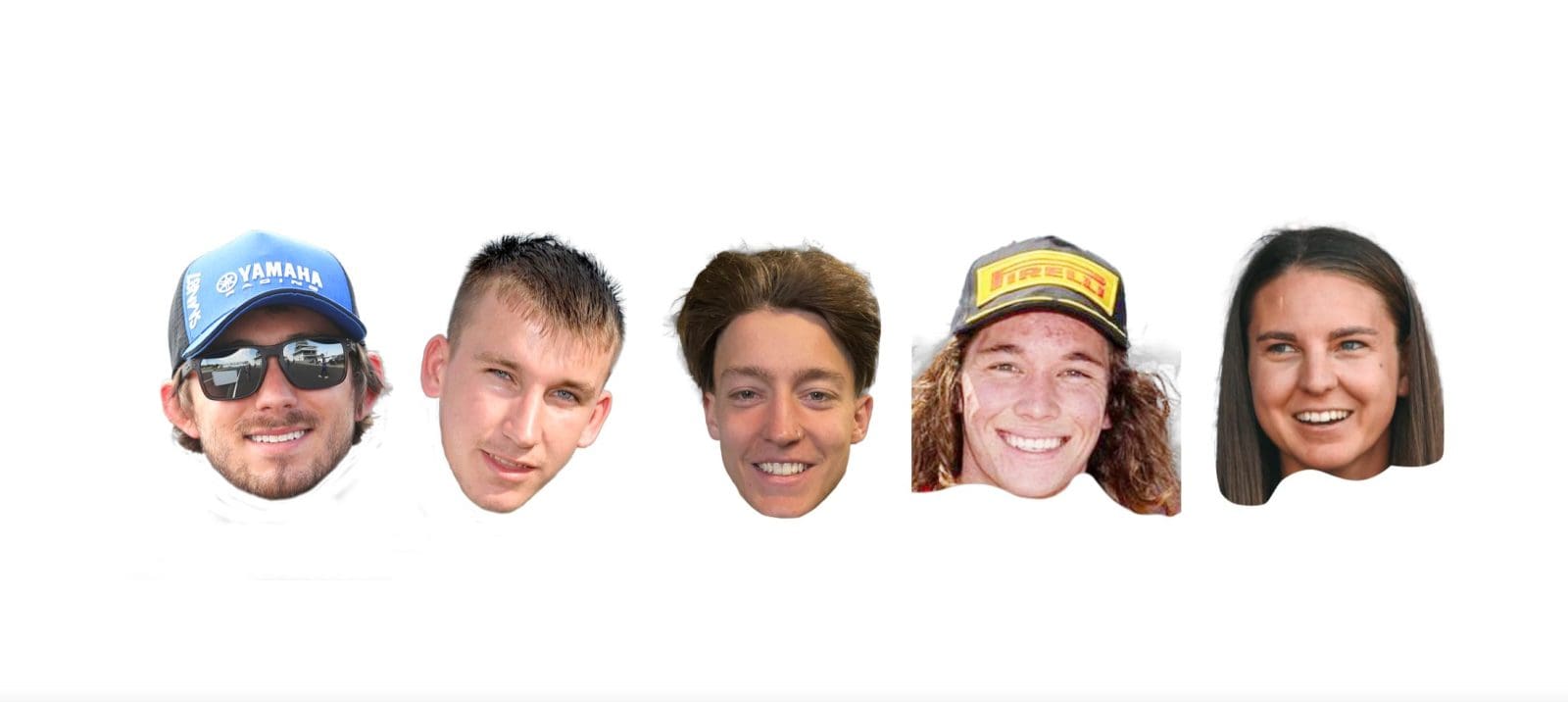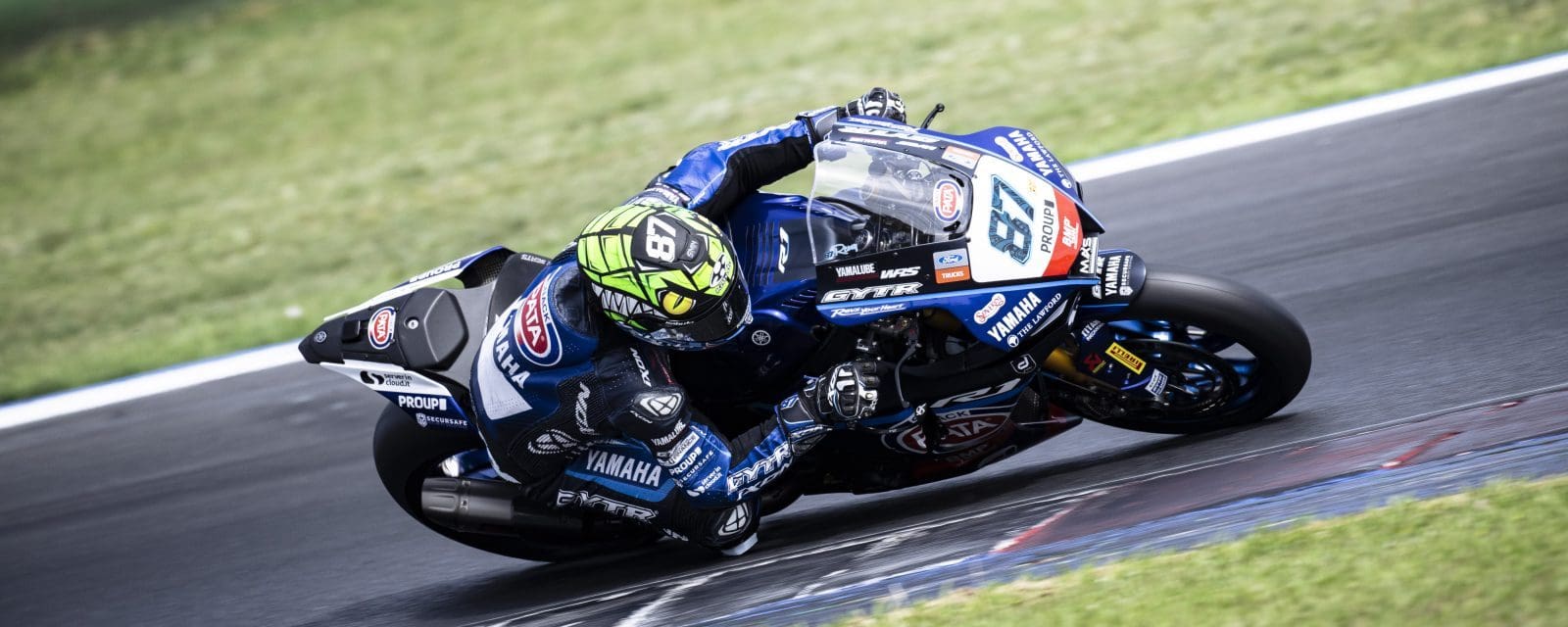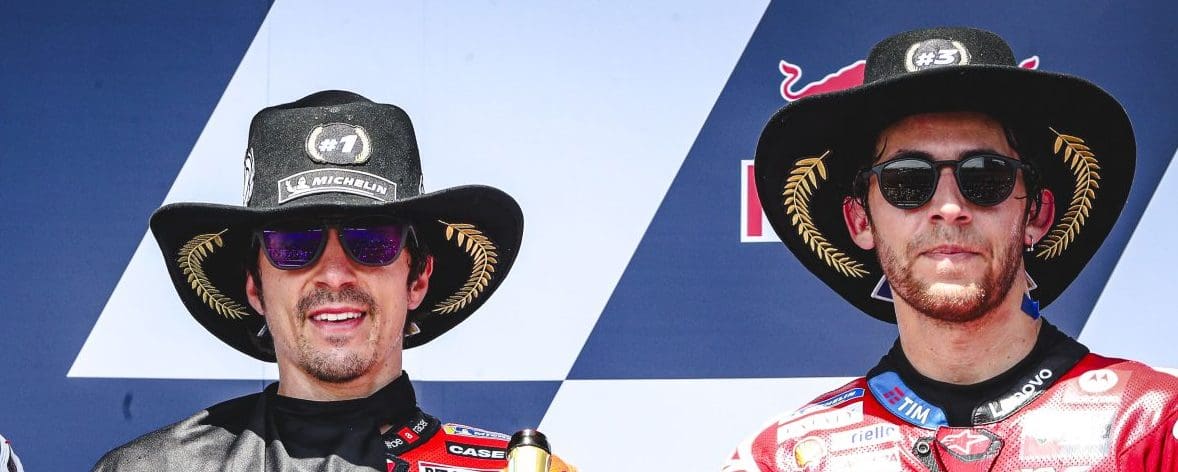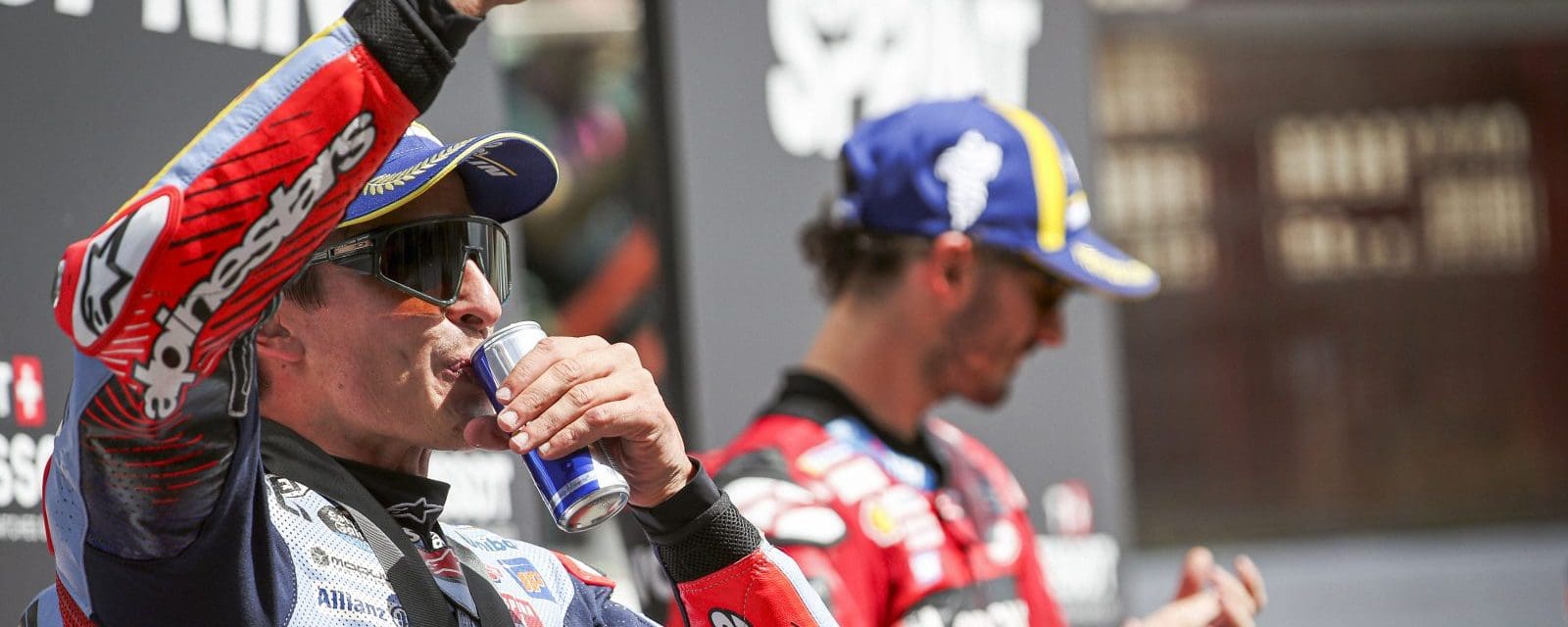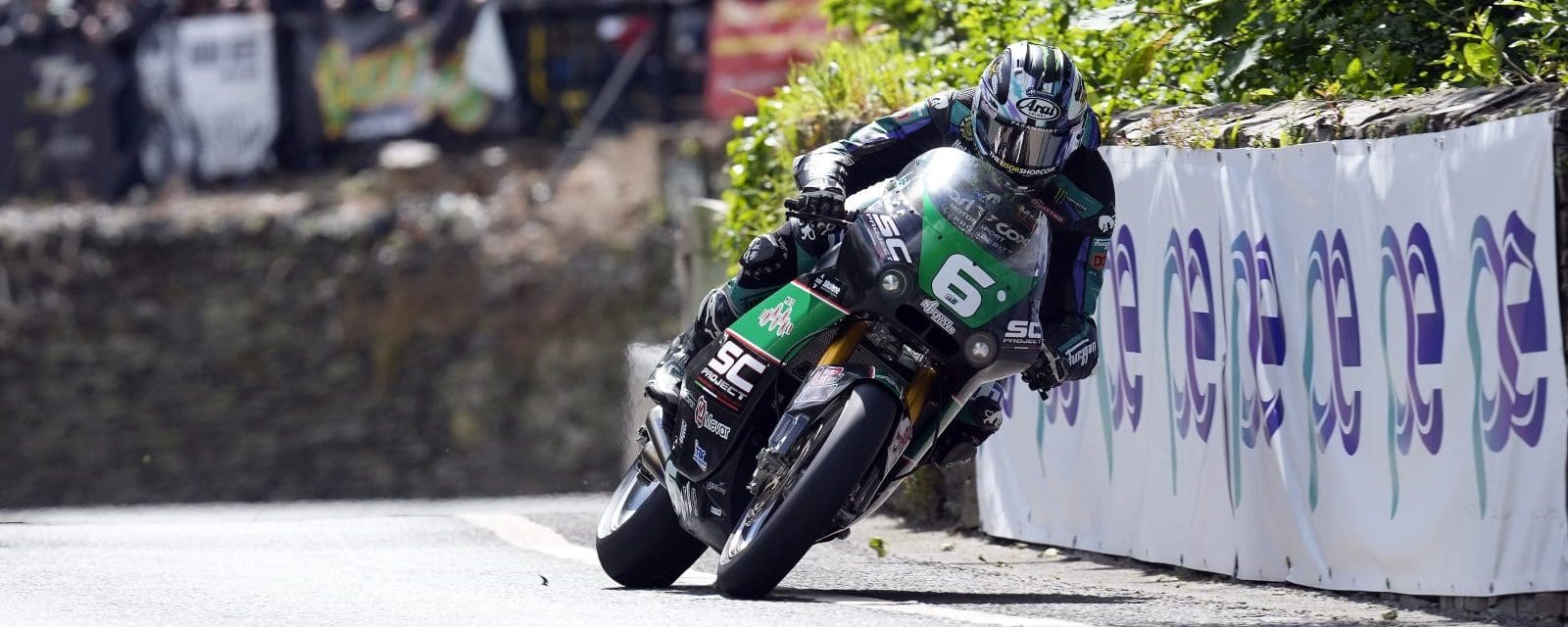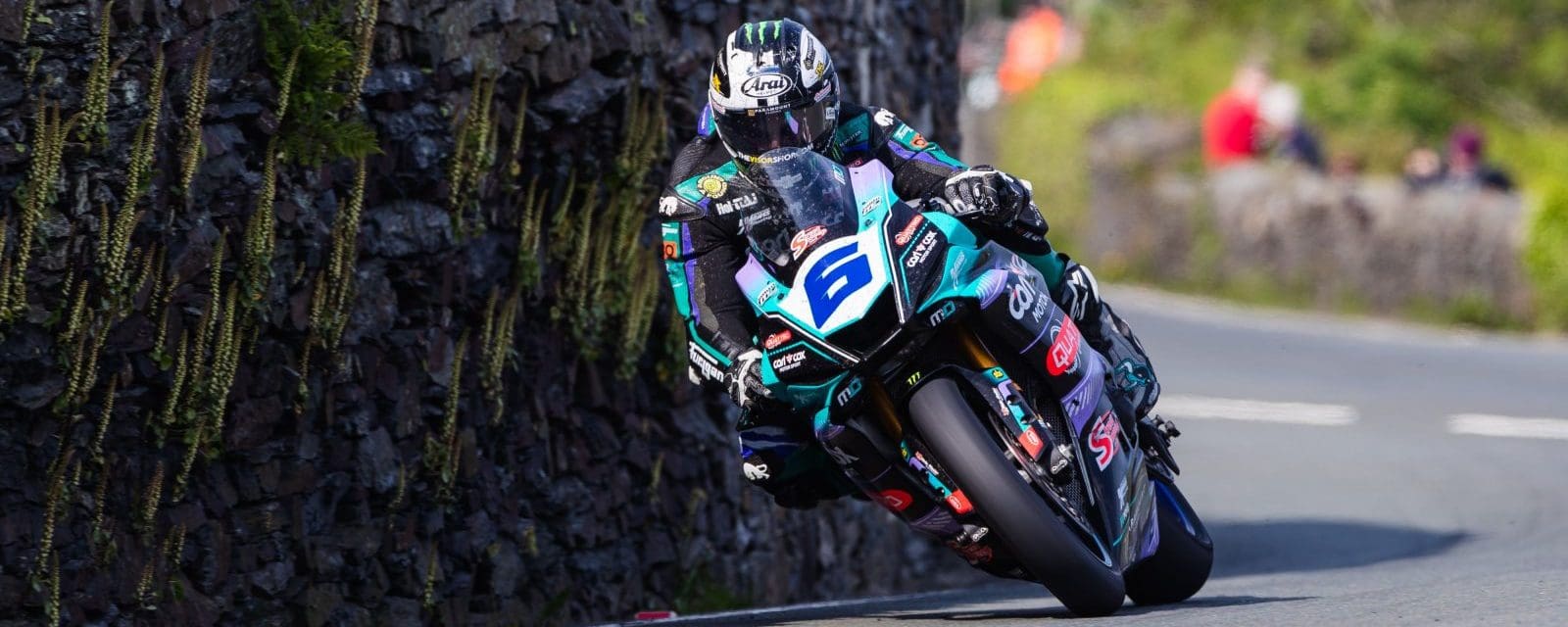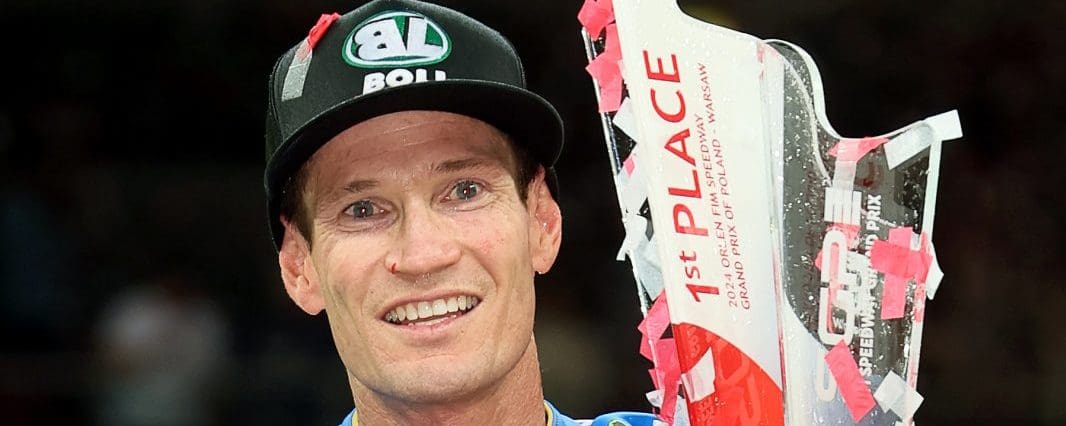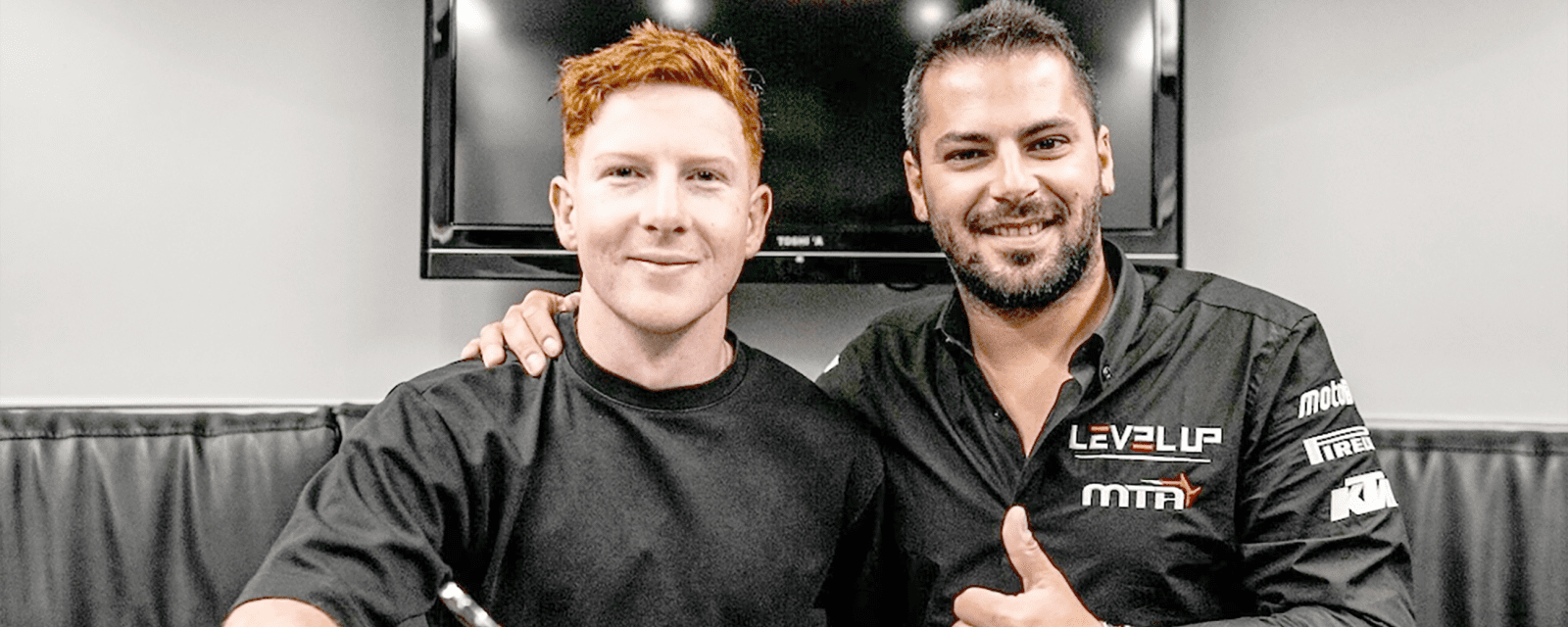A quick chat with Jonathan Rea.
Riders milled around the Phillip Island pits, checking and re-checking their bikes as I waited anxiously for the most dominant racer in World Superbikes since the late 90s to appear. Thanks to the clandestine efforts of a public relations mastermind, none of the trackday riders at the circuit – or indeed Jonathan Rea himself – had any idea what was about to unfold. And given Rea’s reputation as a fierce competitor and a man of measured words, I was not anticipating a positive reaction when we interrupted his morning fitness regime for an interview.
Jonathan Rea had been doing a good job of keeping a low profile with his Australian wife Tatia and young sons Jake and Tyler on their usual pilgrimage Down Under. Few would know that he escapes the bitter winters of his home in the Isle of Man each December to enjoy the picturesque beaches of Phillip Island before preparation for the upcoming season gets underway.
The atmosphere was so tense when he finally rolled into the carpark with nine of his cycling mates, that I could hear their nervous giggles as they passed the buck for luring him into this deftly executed media trap. He stood out from the orange pack with his black Monster Energy Kawasaki lycra, which contrasted starkly with a large bruise on his right arm riddled with stapled incisions, glistening in the sunlight, from recent arm-pump surgery.
Although mildly suspicious at our not so discreet gathering on the start-finish straight, he appeared unfazed and quickly turned his attention to the track.
A short time later, as the group finished their second lap, they were brought to a halt by Bass Coast Mayor Pamela Rothfield along with two giant animal mascots toting a large lime green key that looked like it had been knocked off from out front of the local locksmith’s shop.
“Surprise!” they yelled, before some local primary school students launched into a rendition of Waltzing Matilda. It was pure Aussie showbiz, and the two-time champion took it all in his stride with the same cool demeanor he uses to psychologically unbalance his opponents on the track.
Of course every season is different, and now more then ever Jonathan Rea faces added pressure from his rivals – although you wouldn’t know it from speaking with him. Here’s where Johnny Rea’s focus lies in 2017, his thoughts on the ever-changing face of WSBK, and how it all started from him as a youngster growing up in Northern Ireland…
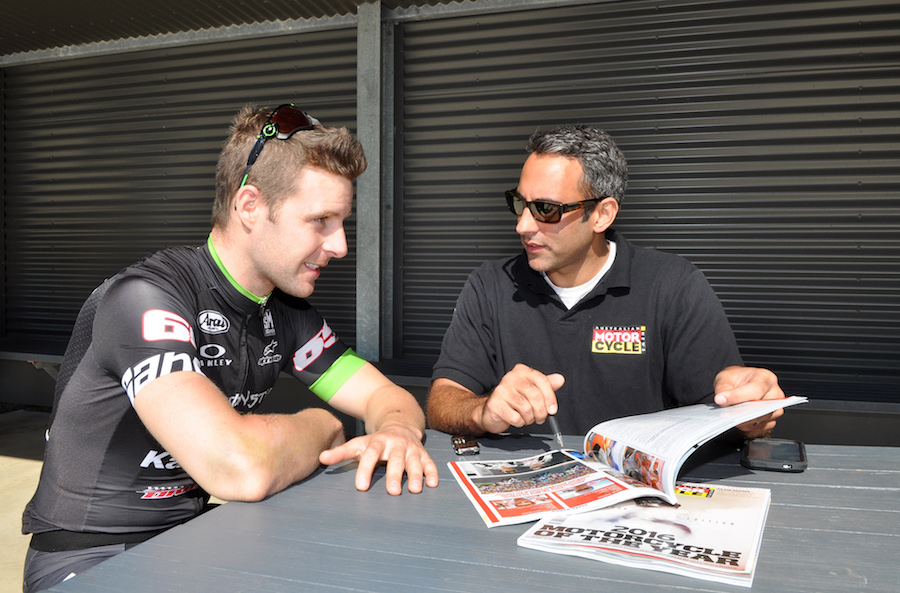
Can you remember the first time you saw a motorcycle race growing up in Northern Ireland?
Honestly, I can’t remember the first race that I ever saw, because I was brought up around bikes from when I was born. My father was quite an accomplished road racer, and quite successful in circuit racing as well, but he made his name more by winning Isle of Man TT races, Ulster GPs, and as the Irish national champion. All my family holidays and weekends were spent at racetracks from the year I was born.
What about riding bikes?
The first time I rode a bike I was two, and just before my third birthday really – I was a February baby – I got a bike for Christmas, a little 50cc Italjet. I rode pretty much the next day. My hands were short for the levers and stuff, but I really enjoyed it and luckily our close family friends had a farm where we built a track. So from no age I was riding my PeeWee and riding tracks and then I progressed on to racebikes and started racing schoolboy motocross right up until I was 15.
Apparently you made the switch to road racing after motocross, but you were reluctant because you thought it was boring. Is that true?
Not boring, but honestly, my dream was to be motocross world champion. I was winning schoolboy national championships and doing really well, but there was no opportunity knocking at my door. It seemed like unless somebody was going to come and take me under their wing or I was going to get home schooled, that it was going to be very tough to make it in that sport.
But then at the right time the opportunity to join the rookies program came in 2003. My parents didn’t have to pay any money towards it and it seemed like a logical step really. So I gave it a go, but sort of half-heartedly, thinking if this didn’t work out I could always fall back and ride supercross that winter. But it worked and I got my buzz in a different way from road racing. It was more about putting the perfect lap together and the challenge of racing the clock and lap times. It’s quite different to the buzz that I get from motocross.
But you still ride motocross a fair bit in the Isle of Man, right? AMCN test rider Steve Martin was mentioning that he had some good off-road sessions with you there not too long ago…
Yes, we did some trials riding. Steve’s actually really good on a trials bike. I enjoy motocross and, if I’m home, I try to ride at least two times a week. I’m still pretty fast so I enjoy riding with the fast guys every year in January when I head back from here to do my testing. In between tests, I ride with quite a few national British championship guys, and that sort of puts the dots on my i’s and crosses my t’s before the start of the season because motocross is as much about training physically as it is mentally. The track’s always changing, so the concentration level seems quite high in motocross.
I heard that Marc Márquez will be out there too.
Yeah, we’re going to ride together. We rode together last year a few times, and we joked when we had the FIM dinner that that was the reason we won, because we were motocrossing in January. Yes, we’ll hook up and ride. He’s got a pretty good track a couple of hours north of Barcelona in Ponts and Lleida – it seems like a bit of hub for motorcycling there in the Barcelona area so it looks like I’ll stay there for three weeks.
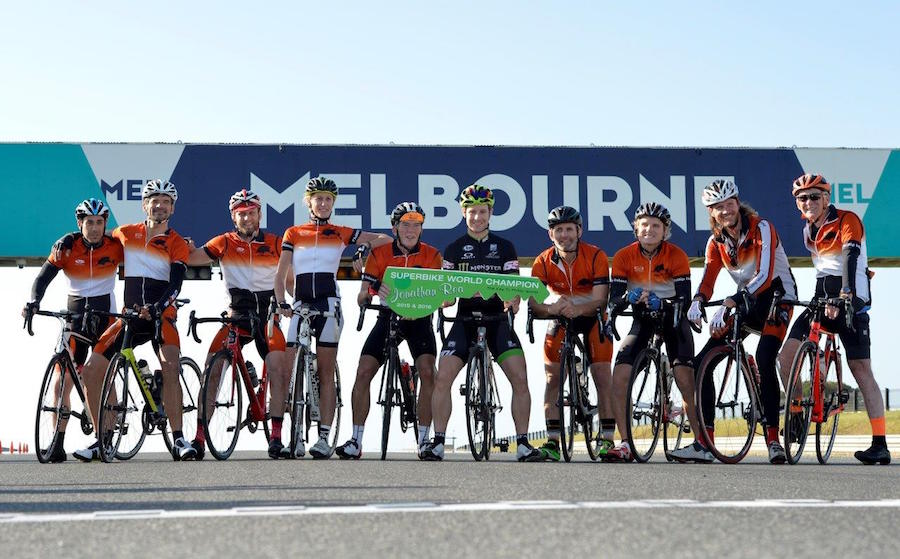
Tell us about the November test session in Jerez where you clocked the fastest time on your 2017 ZX10RR, even with the MotoGP riders in attendance.
Marc wasn’t there and I’m sure if he was it might not have been that way. The official Honda and Yamaha teams were, and a lot of the satellite teams and the Suzuki and KTM factories as well as Ducati so that was nice. It shows that Superbikes are not by any means a secondary championship. It’s a different championship, a different philosophy based on production bikes, but it’s nice to share the same track as those guys. In some areas their bikes are much faster. For example, on the straights they travel a bit faster, but it seems in the corners we can stop our bikes and accelerate a little bit faster in the first part
of the turn.
Chaz Davies has referred to the WSBK as a feeder class to MotoGP. You’ve ridden factory MotoGP bikes before – how do you feel about that statement?
It’s definitely not a feeder class to GP at all. It’s very hard to make the jump across if you’re a Superbike guy because you’re not in the same paddock and you don’t have the team managers looking at you. It seems like Moto2 is the direct feeder class for the GP.
right now. Growing up in that world and on those circuits, with all the team managers and personal managers there, they understand a lot more. For me Superbike is quite a different product and its been quite a sustainable product for many, many years.
I guess the company doesn’t make a huge amount of money but it turns over every year. It’s got its own stars and for sure we’re definitely a smaller brand but I still enjoy it. There’s always been some opportunities for me in the past in MotoGP but never with competitive machinery, so I would say it’s quite unfair to call it a feeder class.
What do you think about the new Supersport 300 class?
It’s very good for the championship because it gets younger kids involved straight away. Now in Superbikes there’s a stepping stone. There is a clear route from 300 to Supersport to Superbike or Stock (STK1000). The Stock class is very important for the manufacturers, but for kids I’m not so sure. Toprak Razgatlioglu, a young kid from Kenan Sofuoglu’s development program, is a prime example. In 2015 he won the European Superstock Championship, but his stepping stone was either Supersport or Superstock and he chose Superstock [Toprak broke his leg in practice at Round 1 in Phillip Island and the rest of his season was impacted severely]. I think the Superstock class is strange but now with the 300 class it brings younger kids in and they can see a clear route to the top.

The idea of stepping from a 300 to a 600 to a 1000cc bike seems ideal. But then we’ve heard some talk that Supersport is dead and will be replaced with a big-bore naked class – that doesn’t really offer the same achievable step up,
does it?
No. I’m really disappointed with that to be honest because Supersport is a very important championship for rider development. But I don’t make the rules. I’m not a manufacturer so I can only comment from a rider’s point of view, but I think the Supersport class would be sorely missed.
You grew up with the Isle of Man, and your dad was a junior TT winner. Have you ever considered entering the event and is there pressure on you to do it?
No, there’s no pressure. I’m very good friends with the organisers there and I enjoy the TT
spectacle as a tourist. But for me it’s kind of not on my radar to race there. It’s a completely different sport again, but I really do enjoy it. I’d encourage anybody that’s never been as a tourist to go and watch. It must be quite popular here because there’s always a lot of Australians in attendance. It’s a cool event.
Even though you won the championship last year, you struggled with the way the bike had been developed by Tom Sykes. This year you have the opportunity to play a leading role in the development of the new ZX10-RR Ninja. What things need to be worked on and refined for this season?
Well, we’ve addressed some issues straight away. One thing we needed to find was tyre life, and also power. With the engine character we’re able to simulate what I like a little bit by changing some of the internal parts.
I have to say I’m quite happy with the bike right now. It’s going to take until Kawasaki release a new bike before my direct comments will be addressed but one of my biggest qualities as a rider is that I adapt really fast. When this bike came out – and don’t get me wrong, Tom’s got very good qualities in his style but he’s also got some negative points – I was able to understand this bike has to be ridden like Tom. So I started riding a little bit like him while keeping my own positive areas. I’m happy with the bike right now and where it’s at, but of course we’re always developing and trying to move forward.
This year Eugene Laverty is coming back after his stint in MotoGP, Nicky Hayden’s stepping up to a new Fireblade, and Chaz Davies is coming off a really strong back half of last season. How are you feeling about 2017?
[Stefan] Bradl and [Marco] Melandri are coming as well. Laverty is quite an important draw for the championship because he had a lot of success here in 2013 with Aprilia. Yes, it’s going to be a cool championship.
Obviously, I think the main protagonists will still be Kawasaki and Ducati but we’ll see. We just have to concentrate on ourselves and forget about everybody else because we know how to win a championship. I’m aiming to stay injury free and be consistent, and we’re relying on Kawasaki to fix some areas of the bike that we will need to address before the racing starts. Once that happens I’m sure we’ll be in pole position and in the driving seat again.
WORDS PAUL MCCANN
PHOTOGRAPHY RUSSELL COLVIN AND GOLD & GOOSE
